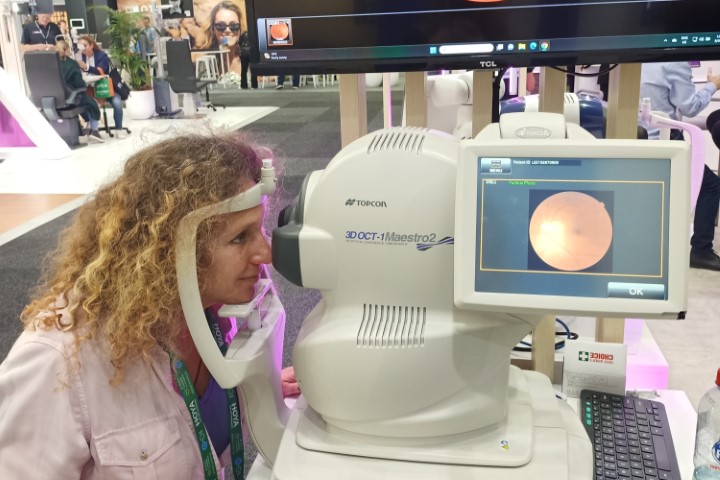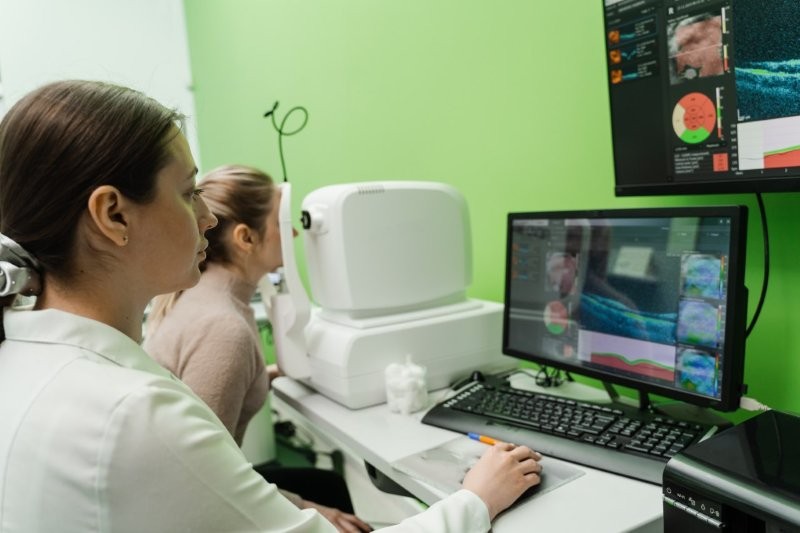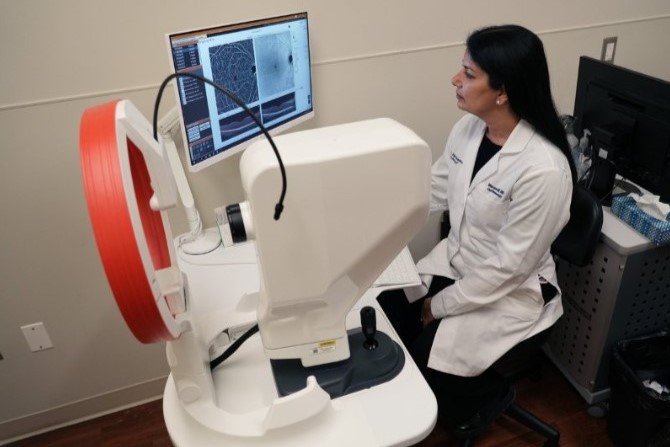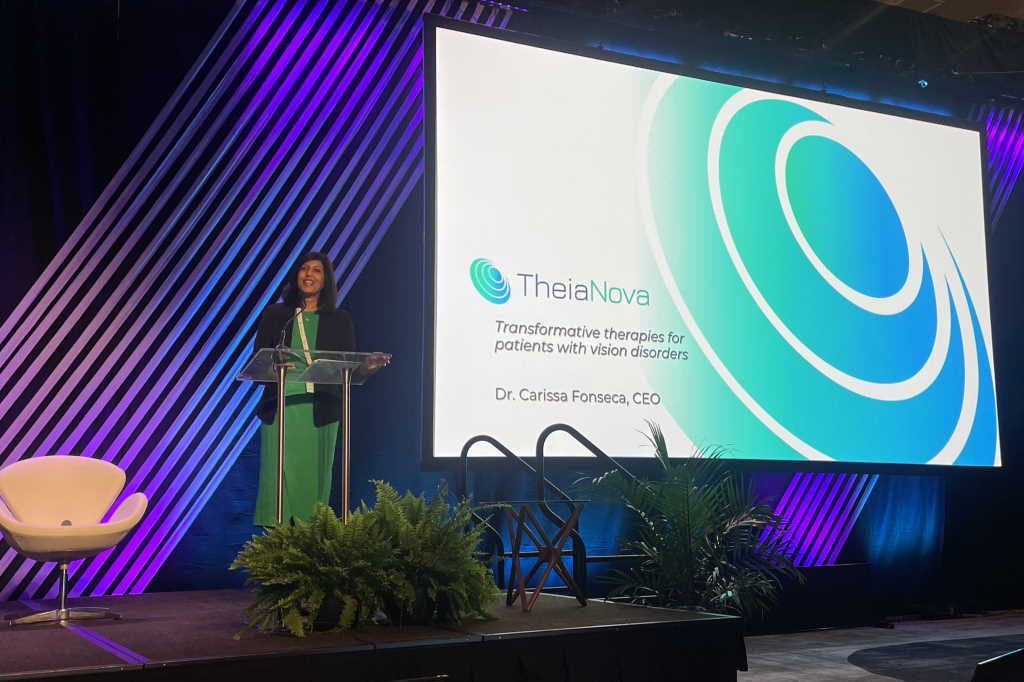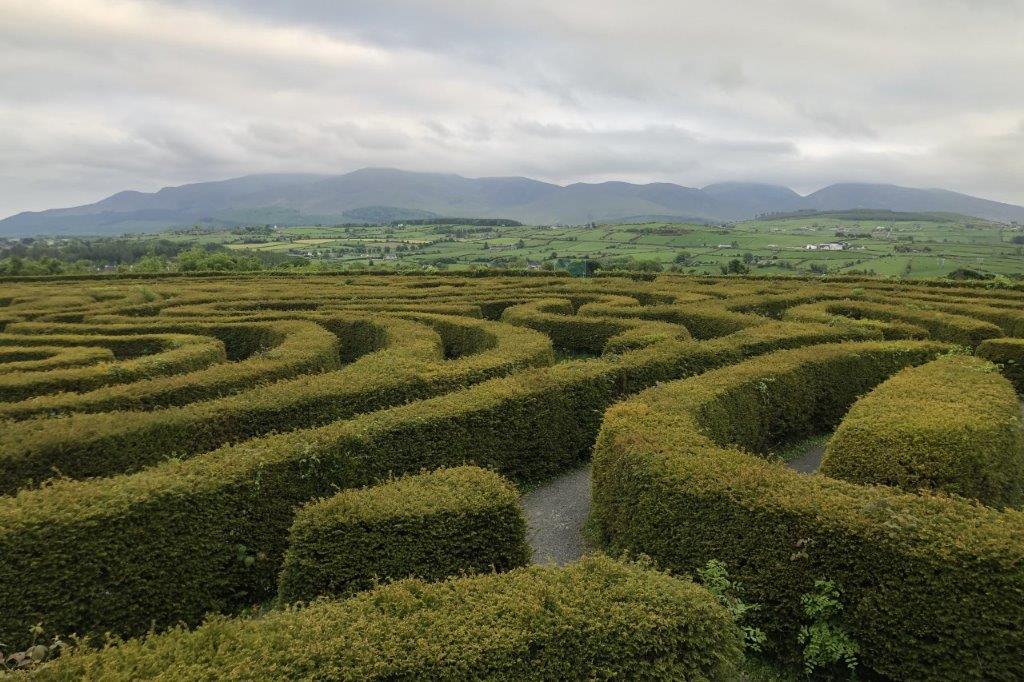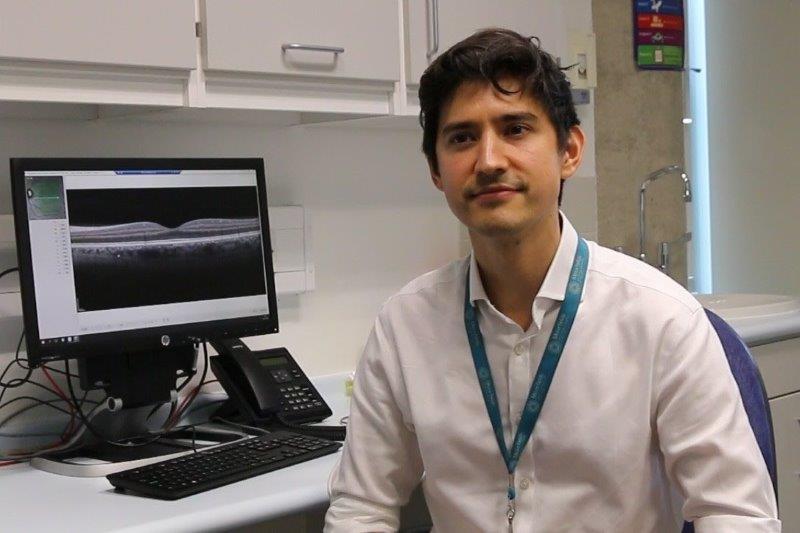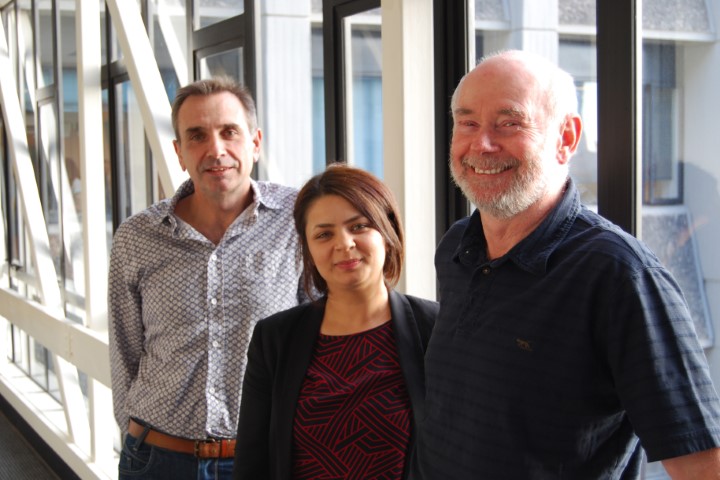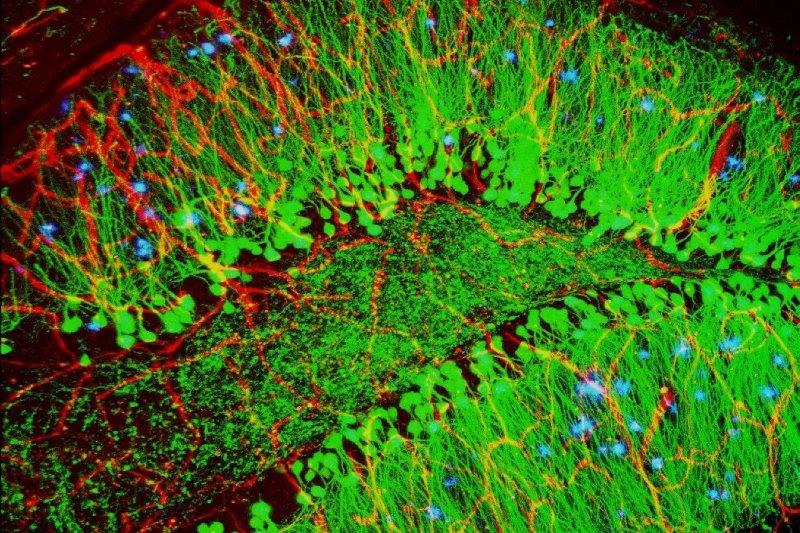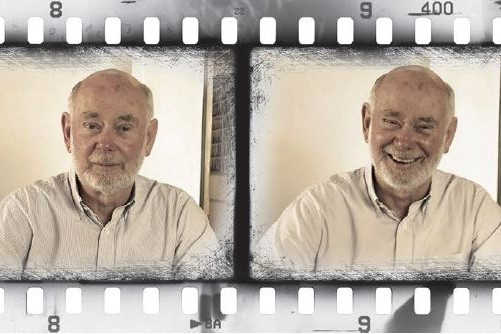Challenging the current research paradigm
Supporting research into the eye and its connection to the brain and body, the newly established Vision Research Foundation (VRF) is on a mission to transform health in New Zealand.
The charity’s founding scientific director, Professor Helen Danesh-Meyer, said VRF has a laser-sharp focus on three goals. “Firstly, in my career, I have seen New Zealand lose several bright, dynamic researchers to overseas institutions because of the lack of research support. We want to support PhD candidates and post-docs in New Zealand. Secondly, we want to support research challenging current thinking and paradigms, particularly into glaucoma and neurological diseases. Thirdly, VRF is committed to supporting the entire research environment by building diverse research teams, addressing research culture and establishing programmes that support the next generation.”
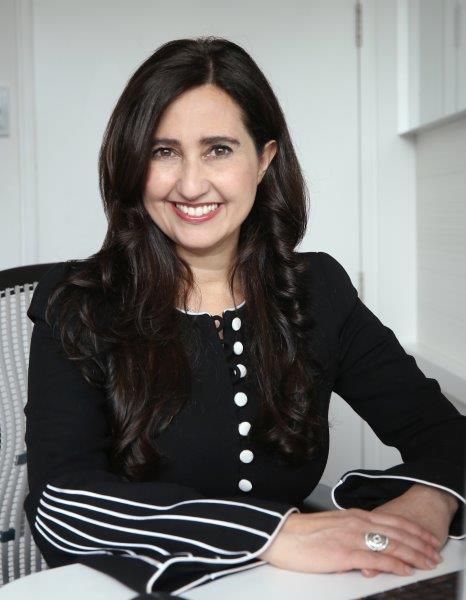
Prof Helen Danesh-Meyer
Prof Danesh-Meyer said it’s difficult to get funding for research challenging the current thinking through existing channels, since most organisations want to fund incremental research which is considered 'safe'. “We are at a time when technology is developing faster than most research ideas. VRF’s aim is to use the rapidly developing technological advances to disrupt traditional modes of eyecare by present thinking,” she said.
VRF has a unique way of looking at research, agreed trust manager Ella Ewens. “We are here to help fund research which is currently underfunded – typically, high-risk, high-reward projects that can really shift thinking. We also want to create an ecosystem for research, creating a network including different university departments and other organisations too.”
There’s also a community arm to VRF, addressing culture and diversity inequities, said Ewens. “Helen’s very committed and passionate about helping women in particular to take up research careers, changing the number of people active in research roles. It’s like returning the compost back to the soil. Rather than just taking from the tree, we want to nurture and inspire researchers from secondary school onwards.”
Transforming our view of glaucoma
Dr Loxlan Kasa, a post-doctoral research fellow from the University of Toronto, is working with Prof Danesh-Meyer and the University of Auckland’s (UoA’s) Associate Professor Samantha Holdsworth to explore the role of dynamic movement of the eye and the optic nerve in glaucoma. In collaboration with Mātai (of which A/Prof Holdsworth is the clinical director), the study uses a new brain imaging technique, amplified MRI (magnetic resonance imaging), which allows magnification of the microscopic movement of the optic nerve. Explaining their research, Dr Kasa said, “amplified MRI has the potential to transform our understanding of glaucoma by allowing us to visualise the movement of the optic nerve with every heartbeat and to compare if patients with glaucoma demonstrate different patterns of optic nerve movement.”
Investigating toxic preservatives
Another study is investigating if the preservatives in intraocular-pressure-lowering eye drops for glaucoma are toxic to the trabecular meshwork. Evidence suggesting preservatives cause inflammation and damage the trabecular meshwork, has led to the development of preservative-free eye drops which are readily available in most developed countries (but not in New Zealand). “Our hypothesis is that the preservative causes significant damage to the cells in the trabecular meshwork leading to toxic changes and may actually impair the ability of the trabecular meshwork to work adequately in glaucoma, leading to exacerbation of the disease,” said Gabriela Banters, a master’s student in the Department of Ophthalmology at UoA. The team, supervised by Prof Danesh-Meyer and UoA’s Emeritus Professor Colin Green, will be the first to compare the effects of the most commonly used glaucoma drops’ preservatives on the trabecular meshwork.
Established in 2022 on the back of a donation from an anonymous New Zealand philanthropist, VRF (not to be confused with the New Zealand Optometric Vision Research Foundation, which provides funding for local research predominantly focusing on optometry research) is currently funding 13 research projects. Organised under VRF’s four research arms – oculomics (the eye as a window to the body), glaucoma, neurological disease and community engagement – grants of $20,000-60,000 are available for one- to two-year projects and a range of scholarships, including senior research fellowships (three years), Māori and Pacific scholarships, master’s degrees, PhD scholarships, secondary school scholarships and summer studentships.
For more info, see www.visionresearchfoundation.org.nz or contact ella@vrf.org.nz










